Wildebeest Migration Cycle
The Wildebeest Migration Cycle is the movement of more than 1.5 million wildebeest, along with zebras and gazelles, across the Serengeti-Mara ecosystem all year long.
After giving birth in the southern Serengeti near the Ngorongoro Conservation Area, the herds move in a clockwise pattern towards Kenya's Maasai Mara following the rains. By the end of the year, they are again back in the south.
Along the old route, you’ll witness the high drama of thousands of animals falling prey to the predators while thousands more are born. As the number of animals gets replenished, this is a perfect example of how the circle of life sustains itself in the Serengeti.
Having a full understanding of this Serengeti Migration Cycle will help you organise a successful and well-timed Tanzania Safari Packages.
Wildebeest Migration Cycle
A Month-By-Month Overview Of The Migration Cycle
The journey of the wildebeests doesn't follow the seasons for tourists or the calendar. It moves with the grass, the rain, and the clouds. But after years of observation made by our safari team, we can make a general timetable of how the cycle unfolds.
Over 1.5 million wildebeest, 400,000 zebra, 12,000 eland and 300,000 Grant's and Thomson's gazelles journey across 800 kilometres annually—fuelling the Serengeti’s ecosystem and reminding us that survival never stands still.
January To March – Calving Season In The Southern Plains
The migratory herds finish a southward trek around January each year. They move along the eastern edge of the Serengeti and into the Ngorongoro Conservation Area.
After the rains of November and December, plenty of nutritious grasses grow in the plains which provide the herds best conditions for raising their newborn calves.
Remember, other than birth and death, this migratory circuit has no real beginning or end. Hence, it is reasonable to address the birth season of wildebeest as the beginning of the Wildebeest Migration Cycle.
January
In January, the first herds arrive in Ndutu because there is fresh grass to eat. Most of the females are very pregnant, and their main concern is getting proper nutrition. By the middle of the month, most of the herds are around Naabi Hill and Lake Ndutu.
February
On the Serengeti plains, half a million wildebeest are born every year in a matter of 2 to 3 weeks. February is the month with the most births, with as many as 8,000 babies born every day.
- The area around Lake Masek and Lake Ndutu is perfect for wildebeest to have babies since there is so much young grass.
- After the calves are born, the herd will stay in the southeast Ndutu area for a bit before moving north in a clockwise fashion.
- During this Serengeti Wildebeest Migration Calving Season, the cute, wobbly youngsters learn to walk. This is good for predators, who don't play nice.
- The Best time to witness a wildebeest that is only a few hours old is about noon, when they usually give birth. This gives the calves time to get stronger before nightfall.
And, those travellers who want to witness the prey-predator action at its best can choose to book Serengeti Safari Packages during the calving season.
March
In March, the herds stay in Ndutu and Kusini while the calves get stronger. During this time, things move more slowly, and it's normal to see big herds of animals eating and sleeping.
But this is also a time when predators are more active, and lions, cheetahs, and hyenas take advantage of the weak calves.
The southern plains are a beautiful place to be right now. They are full of life and green. For photographers on Safaris in Tanzania, it's one of the most serene and private phases of the Serengeti Wildebeest Migration.
April–May -Transition Towards The Western Serengeti
As the continuous rains continue until April, the animals start to move. Grass grows taller and less nutritious, driving a shift towards the western corridor.
April
You will need your rain jacket if you Travel To Tanzania in April. The herds move slowly from the Ndutu area, past the Simba kopje, and towards Moru.
The herds are now split into small groups instead of big massive groups that go all the way to the horizon.
There are lions at Simba Kopje, and it's worth your time to look for them. The evening is the wettest portion of the day.
The rain makes the plains slippery, and vehicles that don't have 4x4 mode will have a hard time getting anywhere.
May
If you want to take pictures of animals in action, go to the Serengeti in May. The "long rains" continue all month long. As the calves get bigger and stronger, the herd has to walk farther. You will probably locate them between Moru and Mokoma, on their way to Lake Magadi.
By the end of May, the mating season begins, and the male wildebeest battle head-to-head. Throughout the breeding season, the journey continues slowly. The wildebeests, the gazelles and the zebras continue to graze as they move along the western corridor.
Serengeti Safaris Packages around this time offer great value as the number of tourists is low, yet the wildlife viewings remain excellent.
June And July – Grumeti River Crossings In The Western Serengeti
The herds get to the Grumeti River in the western Serengeti by early June. This is a big change in the migratory cycle, both in terms of where it happens and how intense it is.
June
In June, the dry season begins. Gradually, the movement of wildebeests gains momentum. The herds are now often seen in long lines as they head north.
They gather in huge numbers along the Western Serengeti and the southern banks of the Grumeti River.
Each of the migrating animals must face the challenge of crossing the crocodile-infested river. This is the first of many daunting and tense river encounters.
July
In July, the herds of wildebeest keep going through the Western Serengeti. They go by the Grumeti Reserve and places like Fort Ikoma.
A lot of animals gather along the Grumeti River, and they have to cross it even though crocodiles are there. These crossings are tense and risky, but not as exciting as the well-known ones at the Mara River.
The Grumeti River doesn't have as much water and doesn't have as many deep waterways. There aren't as many camps in this part of the Serengeti, so it can be hard to catch the exact moment of a Grumeti River crossing.
August–September- Mara River Crossings In The Northern Serengeti
By August, the groups have made it to the northern Serengeti. Now they have to cross the mighty Mara River, which is one of the most dangerous parts of the Wildebeest Migration Cycle. A lot of travellers coming on Tanzania Safari Tours look forward to this event all year.
August
The herds have made it to the northern Serengeti by August, where they face the Mara River, which is the toughest battle they have yet faced. This fast-moving river goes from the Serengeti to the Maasai Mara.
- The rushing, dark waters are beautiful, but they may also be the cause of the most deaths along the way, killing many thousands of wildebeest.
- Herds of animals will sometimes jump off high banks in a panic to get across the river or because they are scared of lions. The fall alone will kill many of them.
- Others drown when they are squished by so many wildebeest trying to get up the steep banks on the other side in a panic.
- Every death is food for alligators, birds, and fish; that's how nature works.
- And in the chaos, dust, and noise, the big cats and hyenas pick off the stragglers and the injured.
While the River Crossings Serengeti Migration are exciting for the huge groups, they are also very popular with tourists, who gather at key spots to watch the show.
September
The Maasai Mara in Kenya is where most of the wildebeests are in September. They live in big groups that spread out across the open plains. Sometimes they look like moving dots on the ground.
Bring a hat and lots of water because it's hot and dry. For more details on what to pack for a safari in the Serengeti, refer to our Tanzania Safari Packing List.
Most of the big river crossings are done, but some herds still need to cross the Mara River again as they make their way back to Tanzania. Even though these crosses happen later, it's still fun to watch them.
October–November: The Return Journey South Begins
The short rains start up again around late October, after weeks of grazing in the north. This starts the return part of the migration loop. At this point, the circle starts to slowly move back to where it began.
October
In October, you can see animals in the Maasai Mara just grazing. The hard work is over, and the prize for the survivors is fresh grass.
November
When November comes around, the short rains start. The herds leave Kenya because of the change in weather and start moving back into Tanzania. They are going to the Lobo area and western Loliondo in the Serengeti.
The big herds split up into smaller groups that focus on grazing as they make their way south more slowly.
If you want peace, green scenery, and lots of animals, October through November is the best time to visit Serengeti National Park.
December- The Cycle Completes In The Southern Serengeti
The herds move back to the southern Serengeti plains near Ndutu in December. As soon as the grass starts to grow, the herds settle down to graze and get ready to give birth. Now the circle is complete.
This trip back to the south completes the Serengeti's migration cycle and reestablishes the connection between life and land. The movement is more controlled, and the pace is slower, but the excitement for the next calving season has begun.
Migration Map
Here is a Migration map that shows how the great wildebeest usually moves through the Serengeti throughout the year.
This movement is always different from one year to the next, mostly because of changes in the weather, the amount of food and water that is available. But these are the most general clues we have about where it is.
- January: The calving season begins in the southern Serengeti with growing herds.
- February: Thousands of wildebeests give birth while predators roam the grassy southern plains.
- March: The herds remain in Ndutu, feeding and preparing for the journey north.
- April: Rain spreads across the plains as the herds graze widely in Ndutu.
- May: The migration gains pace as the animals start moving toward the west.
- June: Wildebeests gather at the Grumeti River, facing their first dangerous river crossings.
- July: The herds move through Grumeti Reserve, heading toward the northern Serengeti.
- August: River crossings peak at the Mara as herds fill the north.
- September: Wildebeests graze in Maasai Mara, with some crossing back to Tanzania.
- October: The migration shifts slowly south, with a few late Mara crossings.
- November: Short rains begin, drawing herds into the Lobo region.
- December: Wildebeests return to the southern Serengeti, where new grasslands begin to grow.
The Ecological Importance Of The Wildebeest Migration
The Wildebeest Migration Cycle is more than just groups of animals moving from one area to another. It is an important part of the Serengeti ecosystem and helps life in many ways:
- Rotational grazing helps grasslands grow back.
- A source of food for predators and scavengers, which keeps the carnivore population going.
- Nutrient cycling and water access influence both animal and plant life.
- A key draw for eco-tourism, shaping how safaris are designed and delivered.
Knowing how the animals move helps you plan a better Tanzania Safari, especially when you're making your plans around certain scenes, like births, hunting, or crossings.
How To Plan Your Safari Around The Migration
If you want to see this natural marvel, it is very important for you to pick the right month and the right region of the Serengeti. Here are a few helpful tips to help you plan your Serengeti Wildebeest Migration Safari:
Decide which phase of migration you want to focus on
Calving (Jan–Mar), crossing rivers (Jul–Sep), or peaceful farming with fewer tourists (Oct–Nov).
Pick a place to stay close to the herds
Mobile camps stay close to the migration, while high-end hotels offer permanent but strategic access.
Keep costs and experience in check
Your Wildebeest Migration Safari Cost will depend on the time of year, where you stay, and how comfortable you want to be. For value, look at mid-range choices in shoulder months.
Plan to avoid crowds
Choose private conservancies, go on safari during off-seasons, and make plans early with your safari company.
Apart from this, we recommend that you select an ethical and experienced Tanzania Tour Operator who ensures a low-impact and immersive experience.
Book Tailored Safaris That Move With The Herds!
The Serengeti Wildebeest Migration is more than just an event that occurs in the wild; it is the beating heart of the Serengeti. From the birth of a calf to the crossing of a river, every instant reflects the rhythm of nature.
With African Scenic Safaris, you will be able to follow the herds on Tanzania Safari Tours that are skilfully planned, ethical, and designed to mimic the movement of the wild animals. Allow your journey to start at the point where nature tells the story.
The Circle That Sustains Life
This isn’t just movement, it’s survival, rebirth, and rhythm. Follow the wildebeest migration cycle, and you’ll witness nature’s most vital heartbeat in motion.
Travel to Tanzania with Confidence & Excitement!
Now that you’ve got access to all the necessary information, your Wildebeest Migration Cycle is bound to be smooth and stress-free. From staying safe to understanding local customs, these insights will help you enjoy every moment on Tanzania Safari Tours .
As you take in the beauty of the landscapes and connect with Tanzania’s culture, you’ll feel more confident and ready for anything.
Explore Tanzania Travel Guide
Safari tips, local bites, wild sights, and hidden gems—Tanzania’s secrets are just a scroll away. Ready to explore?
Frequently Asked Questions
Over one and a half million wildebeest, zebras, and gazelles travel across the Serengeti-Mara ecosystem every year as part of the Wildebeest Migration Cycle. They do this by following the paths chosen by rain and fresh grazing activities.
In this case, there is no beginning or conclusion. Calves are often born in the southern Serengeti between the months of January and March, and the cycle continues throughout the entire year as the herds follow the patterns of grass and rainwater.
Both the Grumeti River (June–July) and the Mara River (August–September) are major river crossings that take place in the northern Serengeti National Park. These river crossings give spectacular views of herds navigating through waters that are plagued with crocodiles.
In addition to ensuring the survival of predators, regenerating grasslands, contributing to the cycle of nutrients, and maintaining the ecological balance of the Serengeti, the migration is considered to be one of the most important animal events on the globe.
We recommend that you select the month of your Serengeti Wildebeest Migration Safari depending on the phases of migration, such as calving, river crossings, or return journeys, and you should stay in camps that are close to the movement of the herd for the best viewing chances.
Simbo Natai, founder of African Scenic Safaris, crafts sustainable, meaningful Tanzanian journeys rooted in his deep local knowledge and passion.
Director






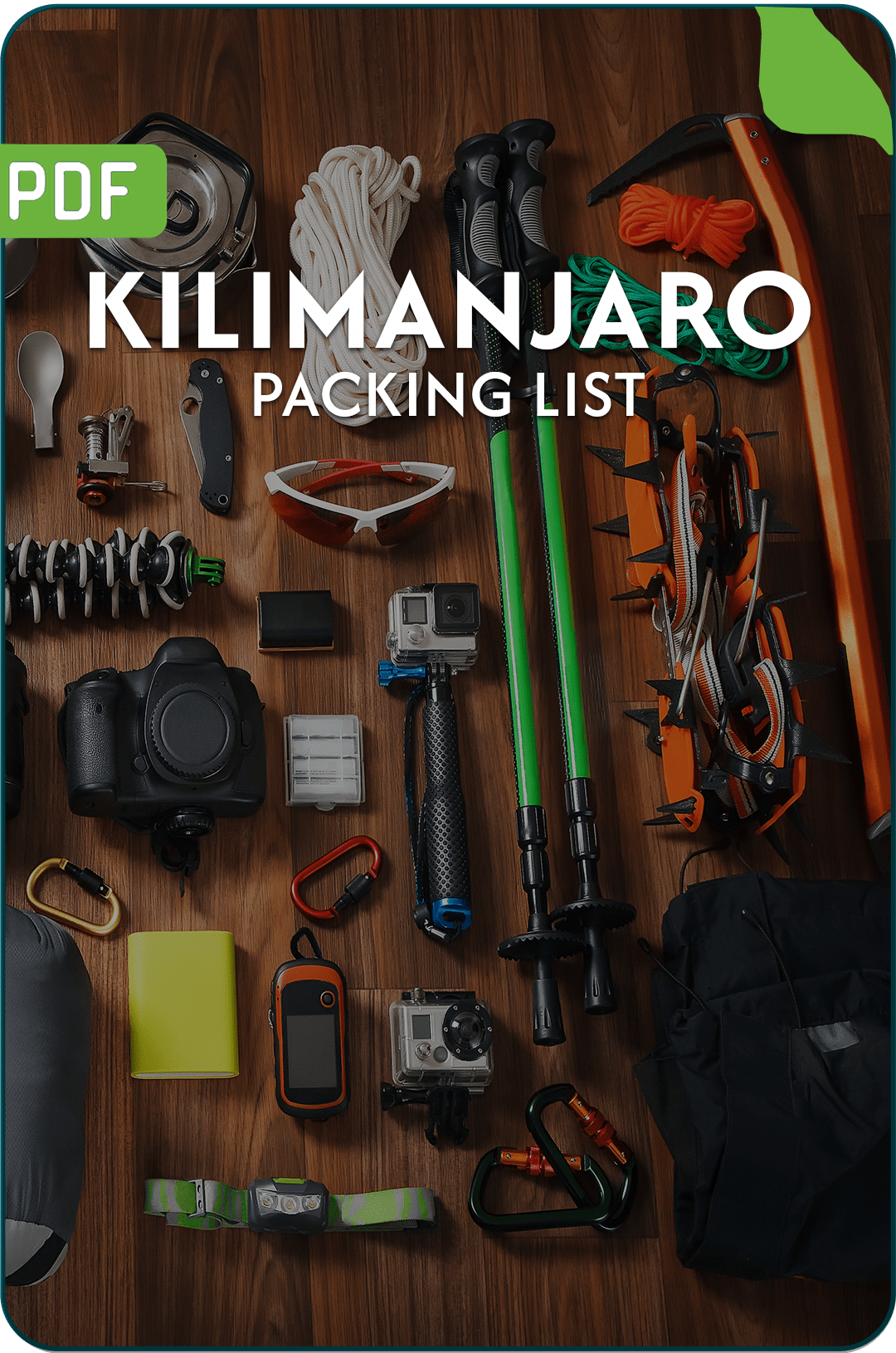
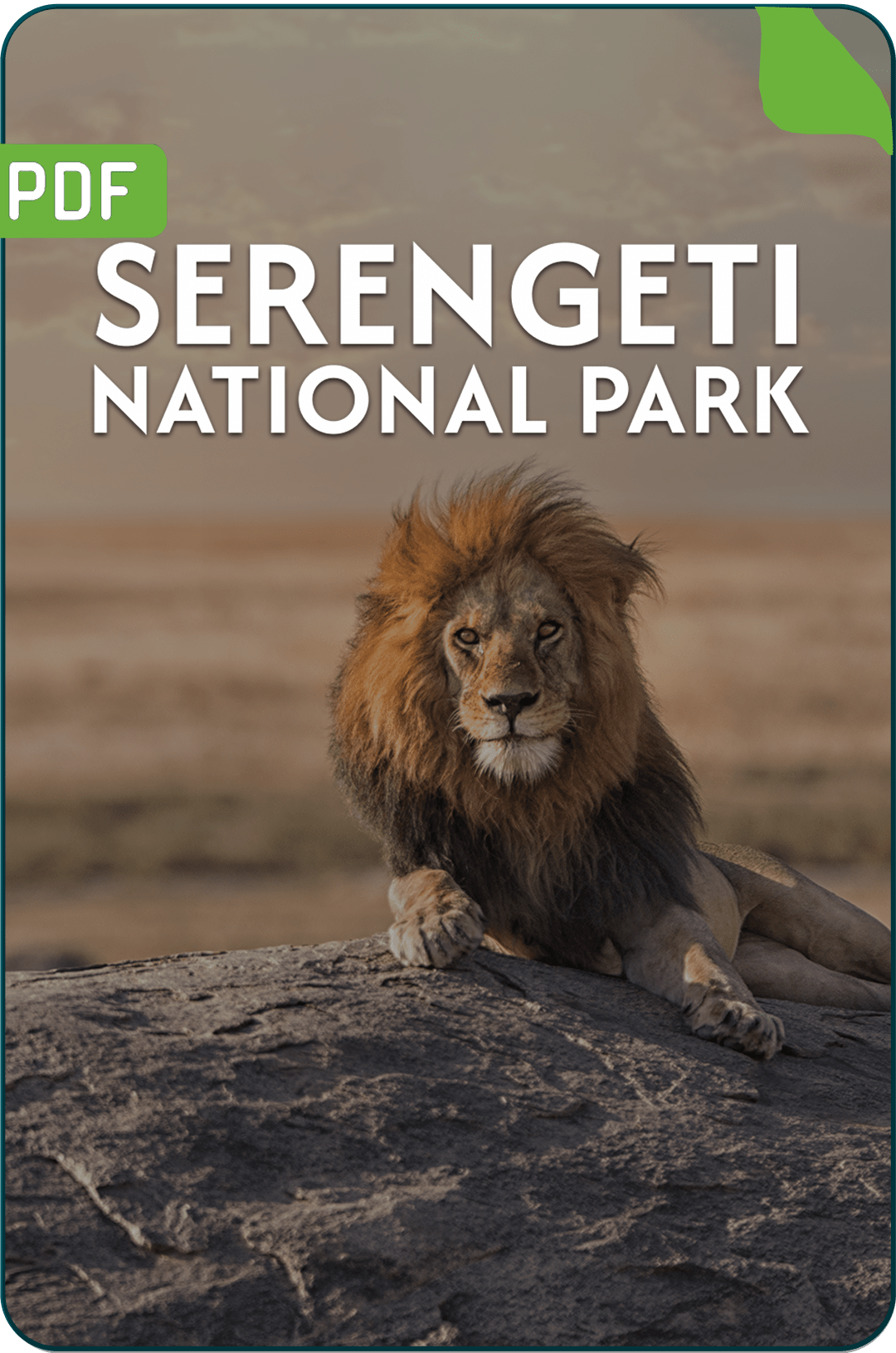
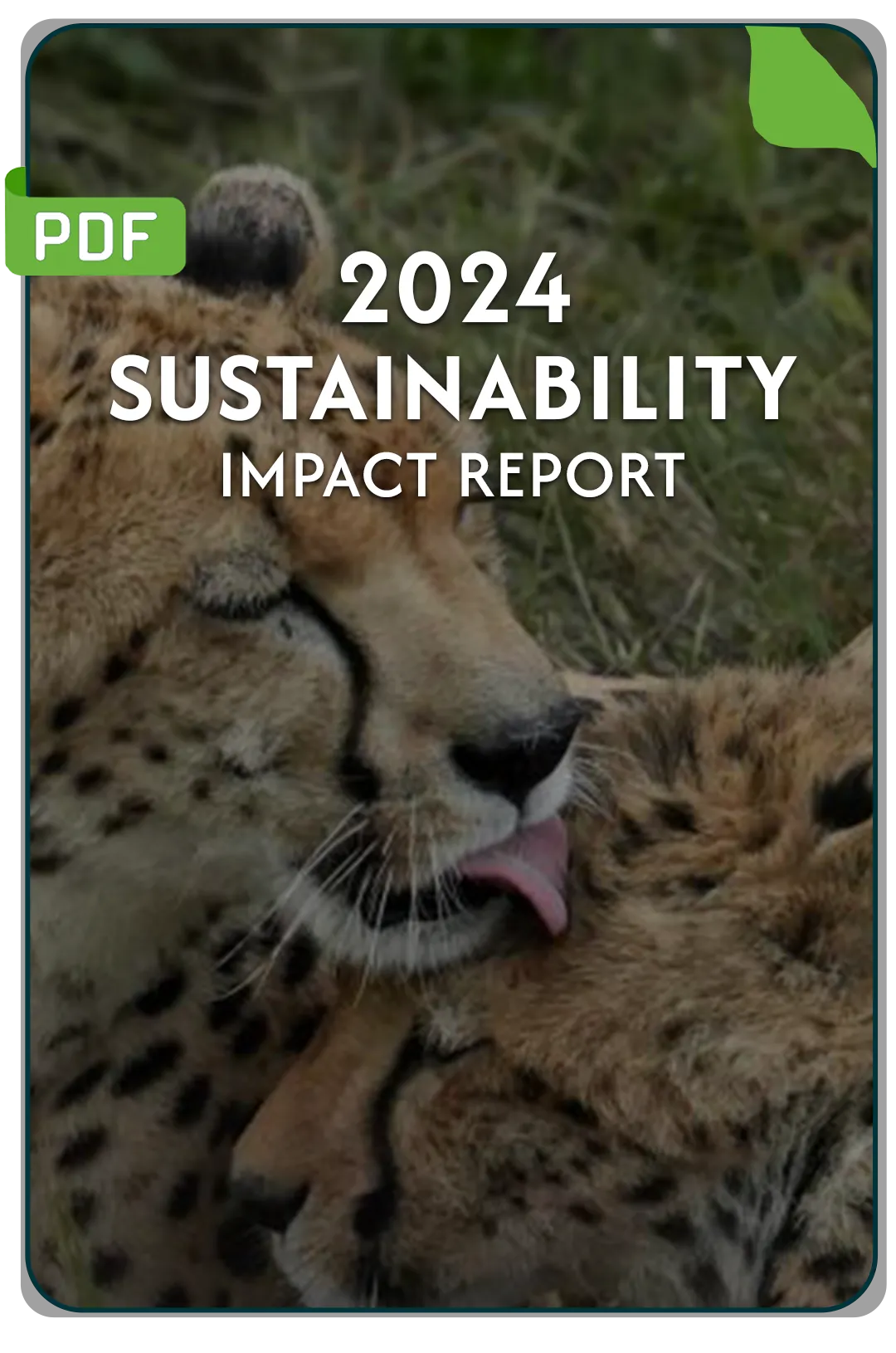
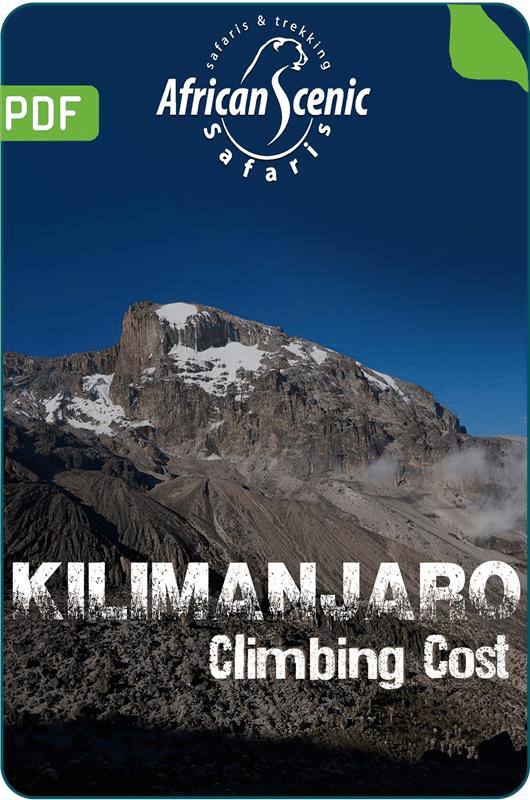





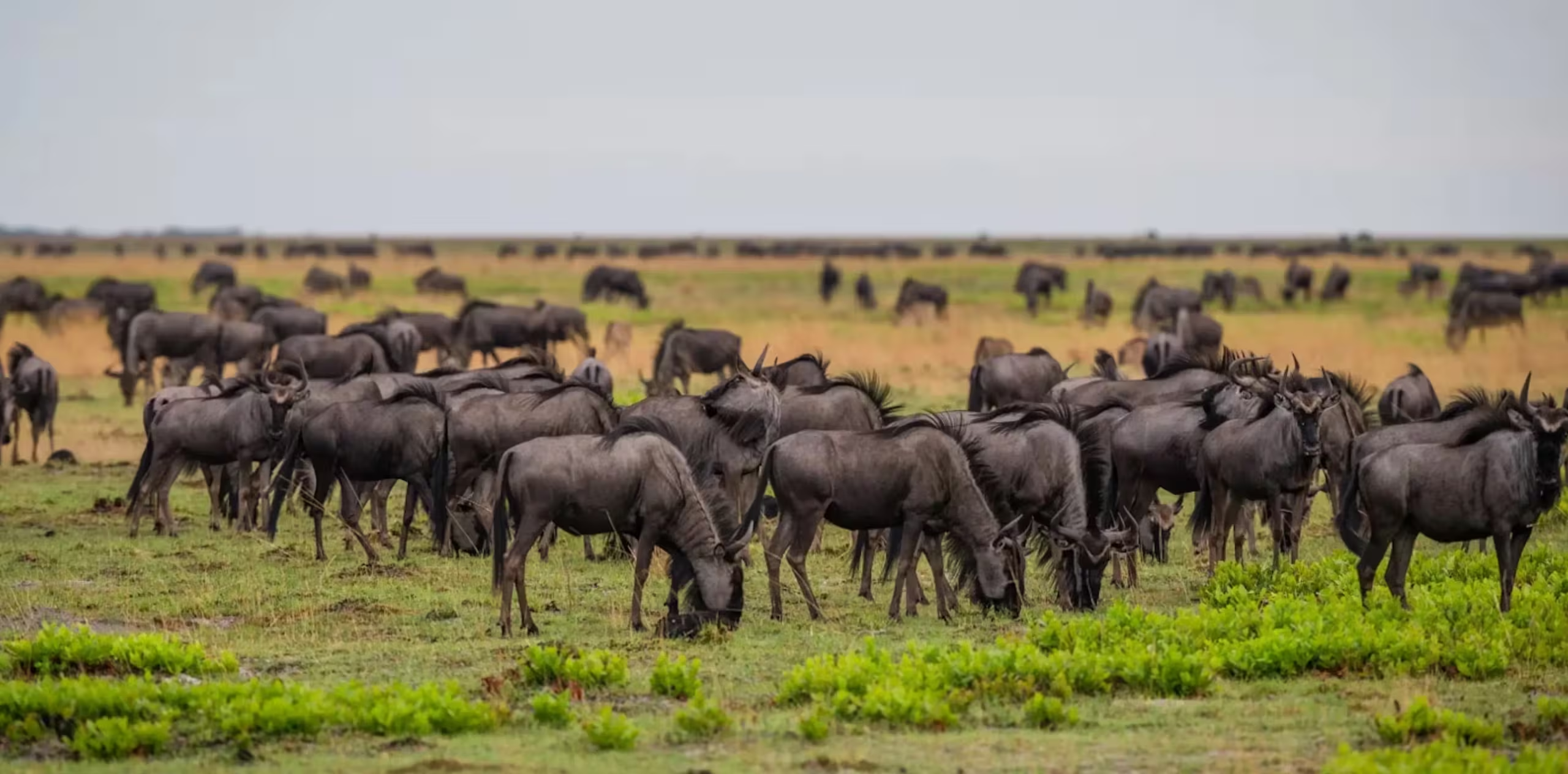
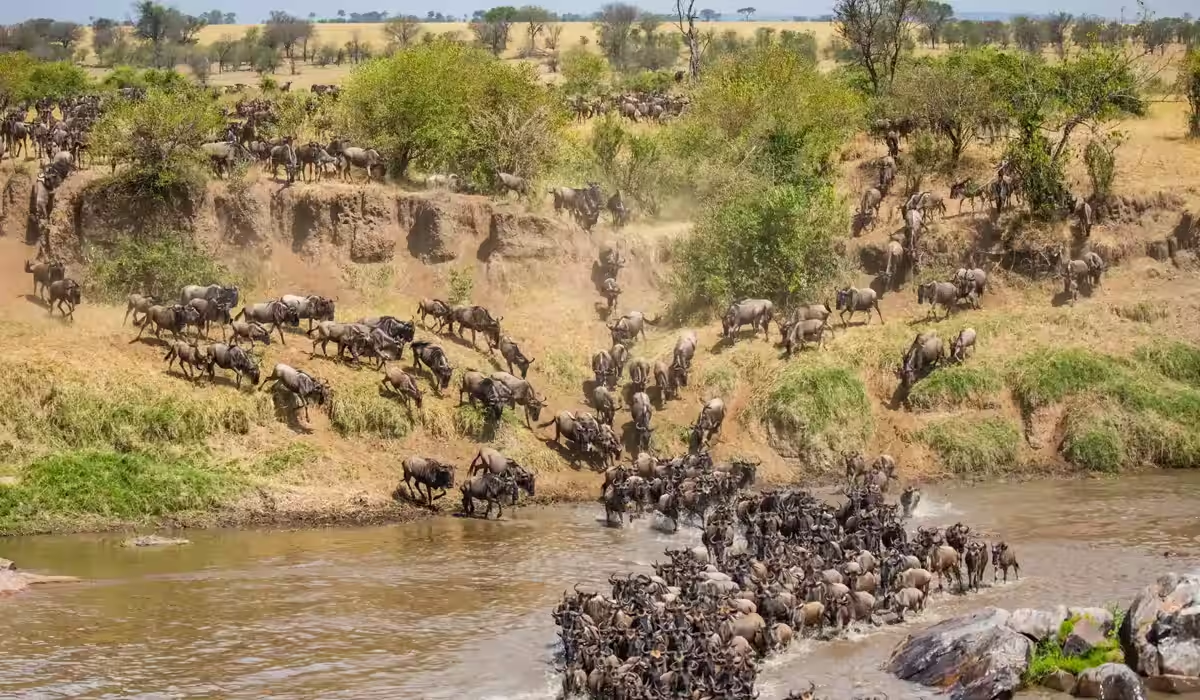

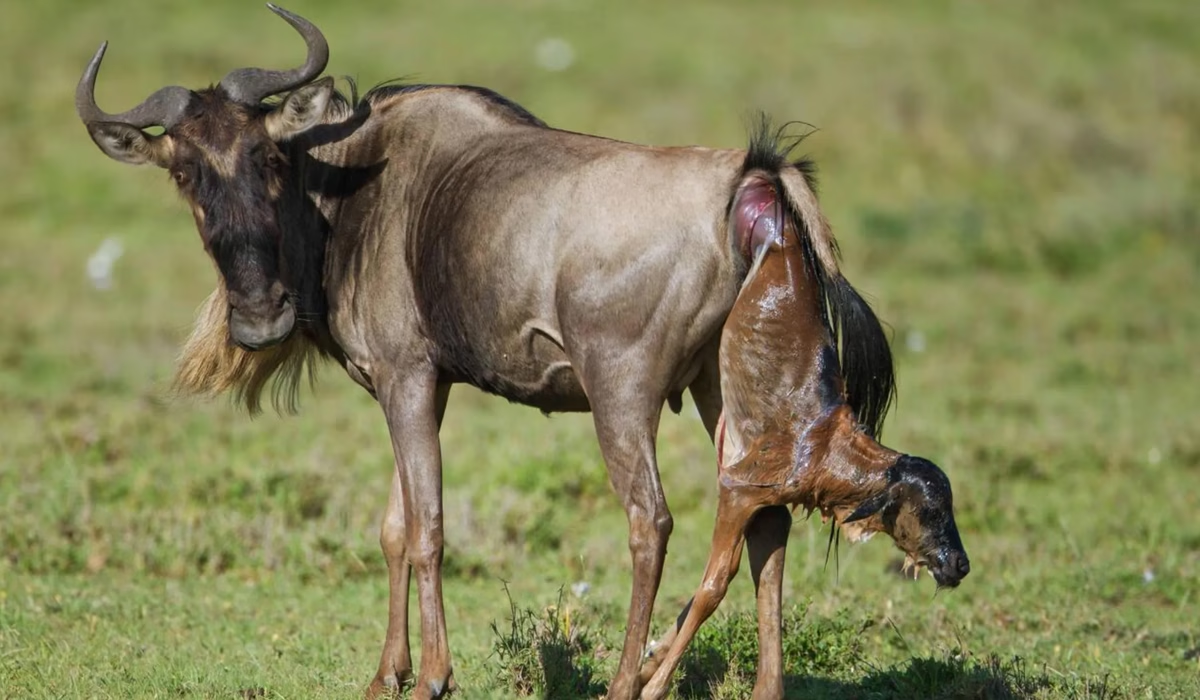
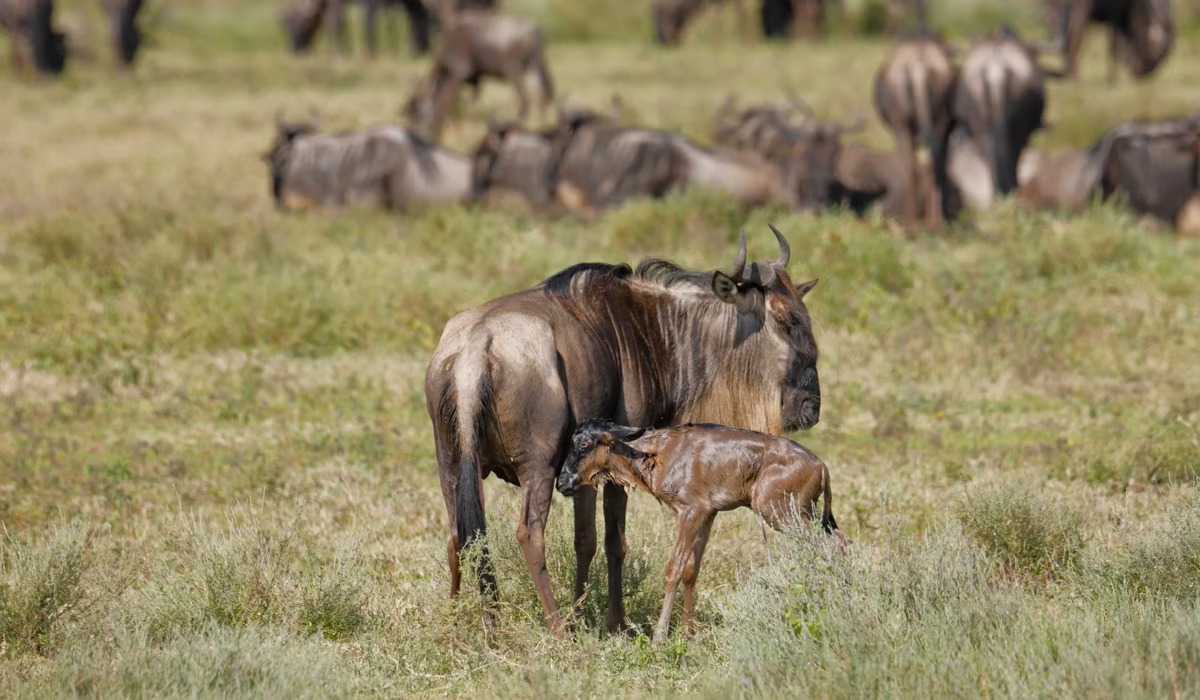
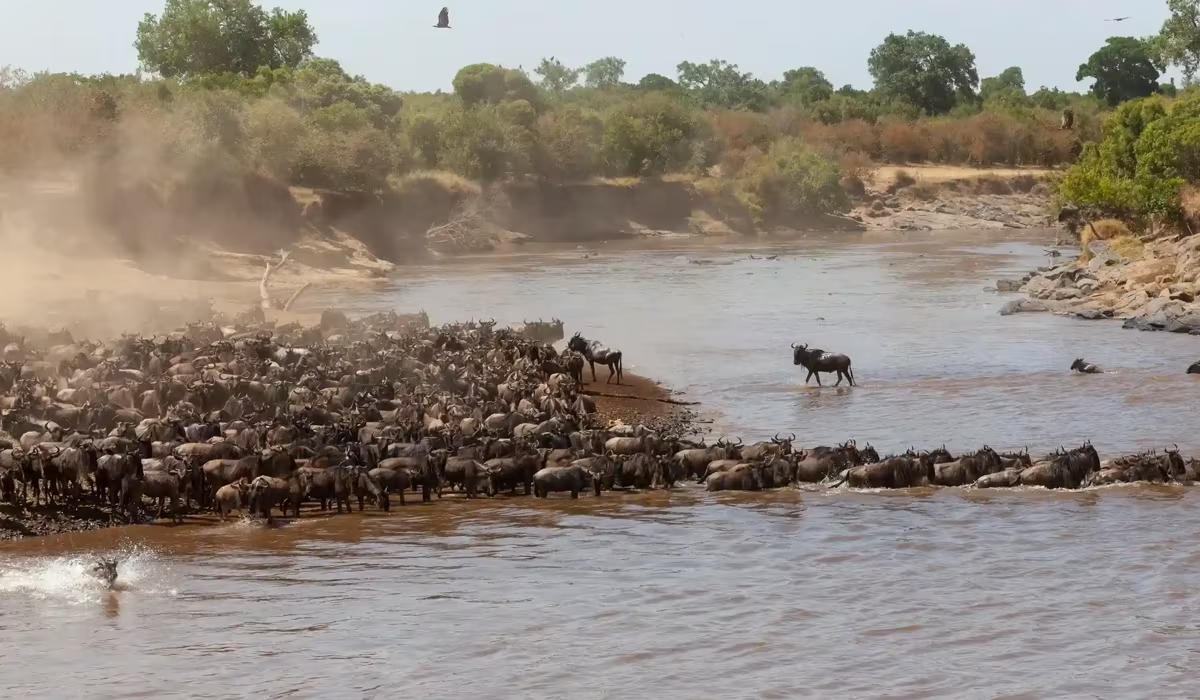
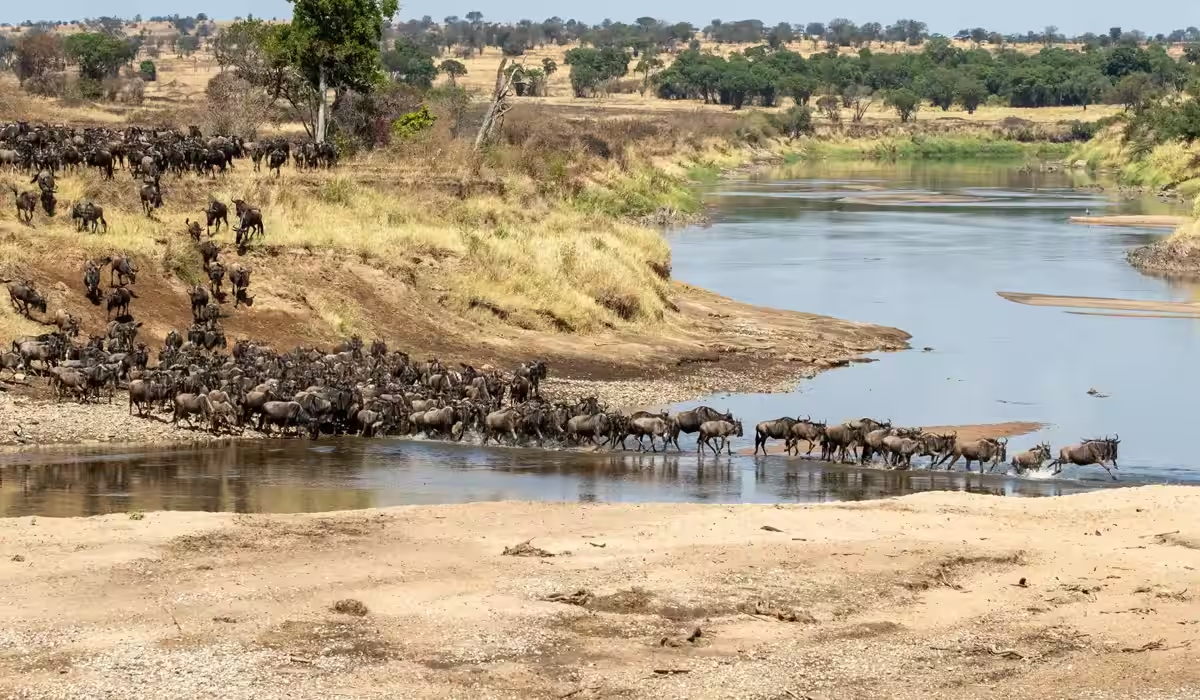
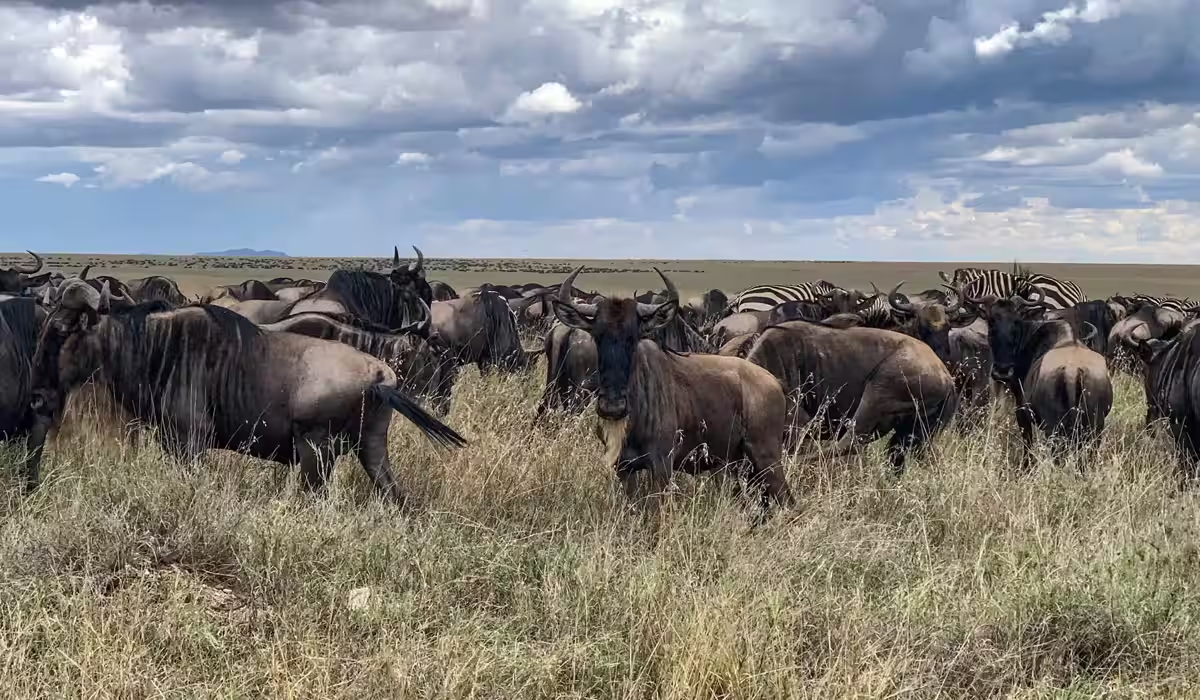
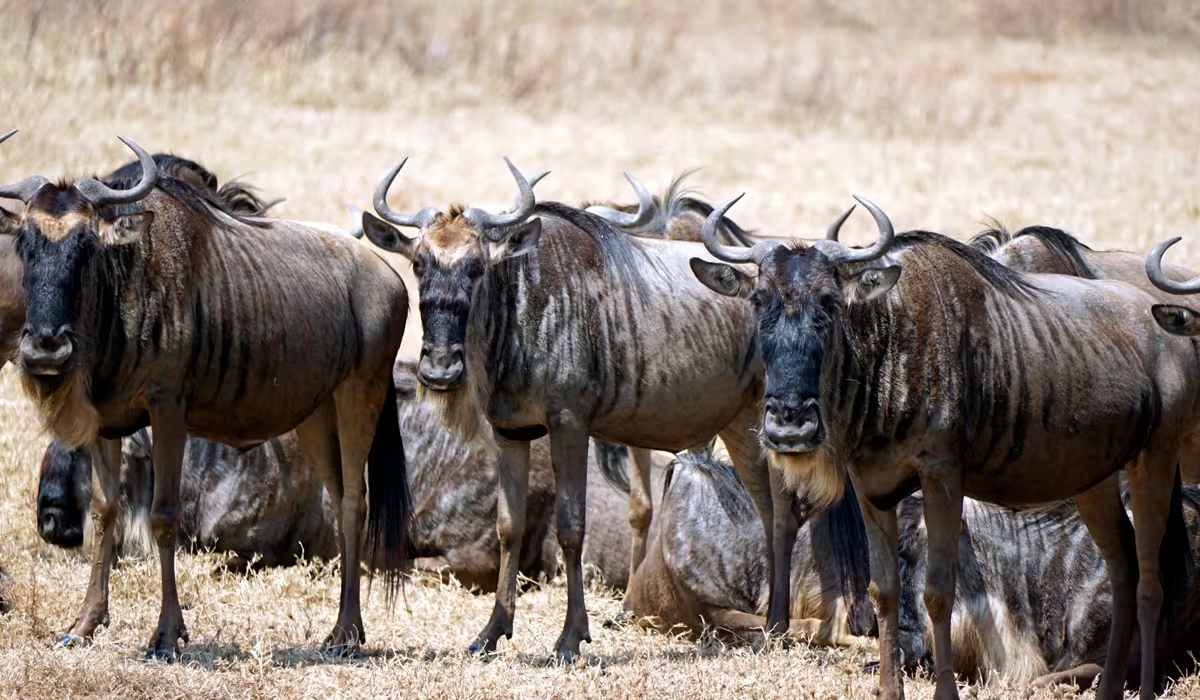
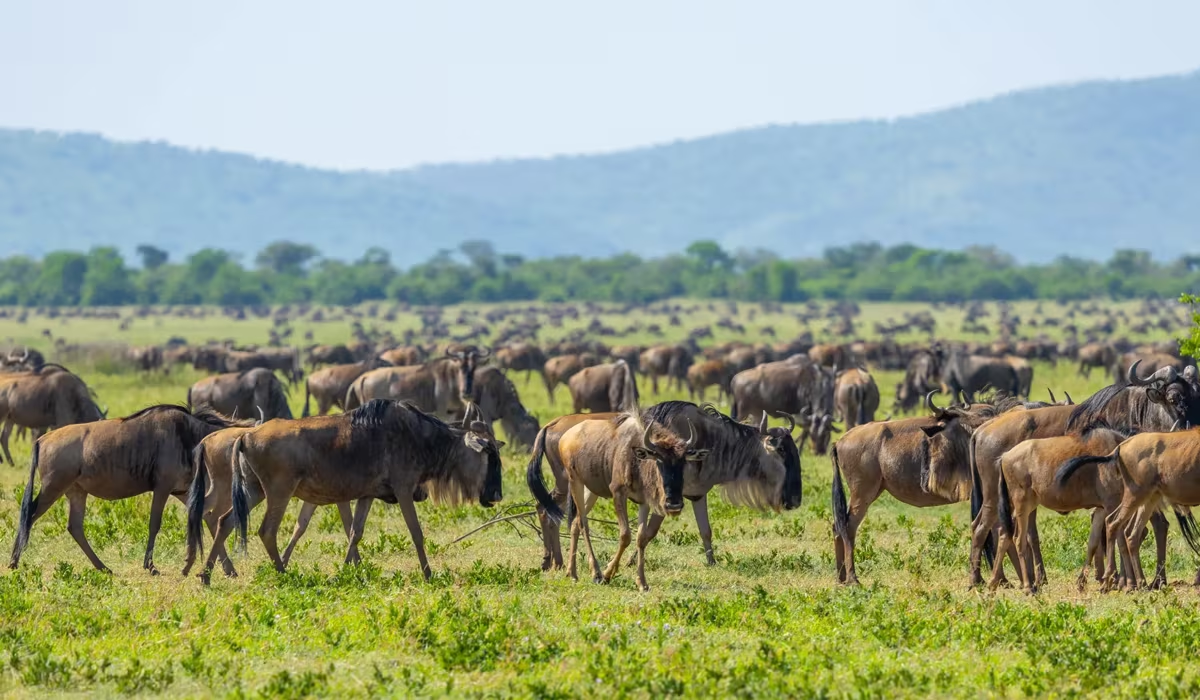
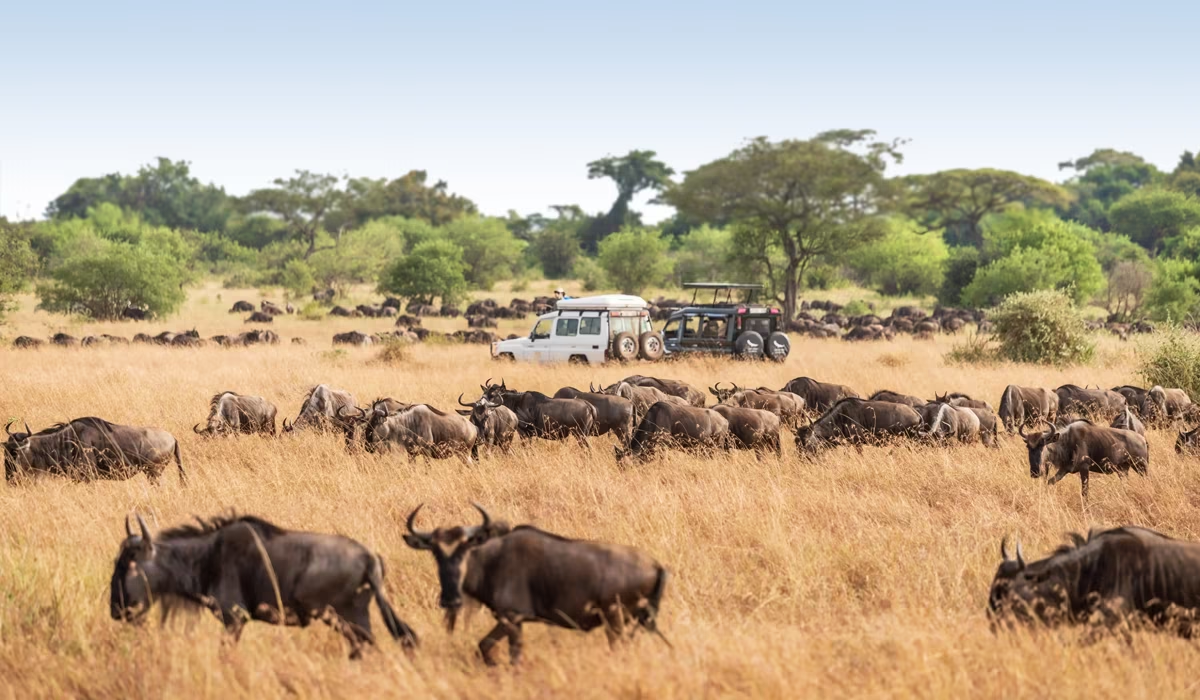



 African Scenic Safaris #1 on TripAdvisor
African Scenic Safaris #1 on TripAdvisor 




